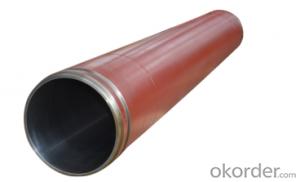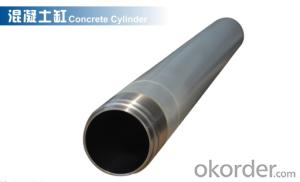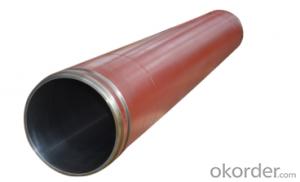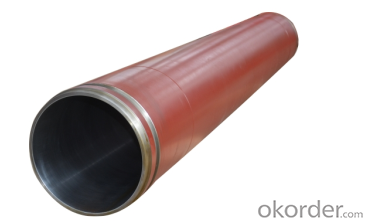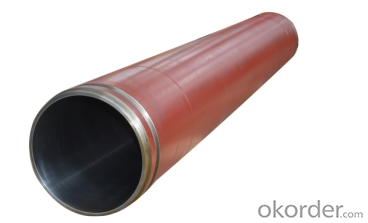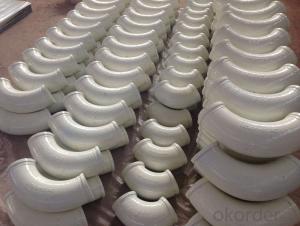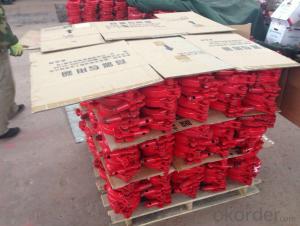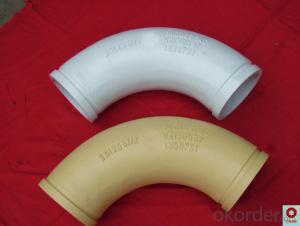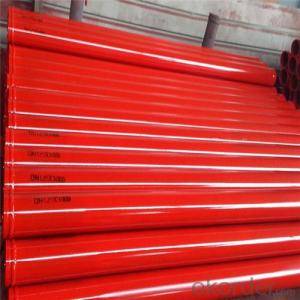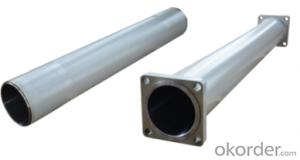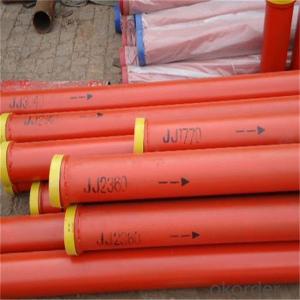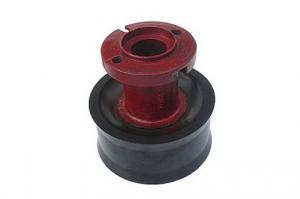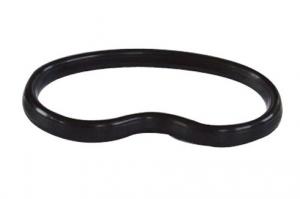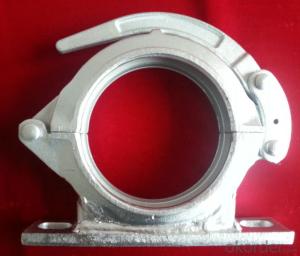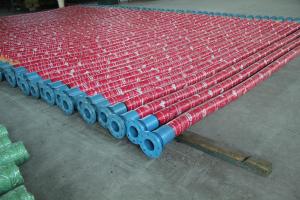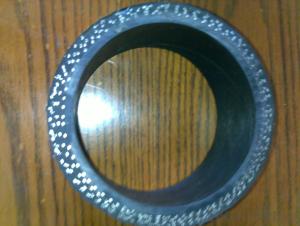DELIVERY CYLINDER(ZOOMLION ) I.D.:DN205 CR. THICKNESS :0.25MM-0.3MM COLOR:WHITE LENGTH:2284MM
- Loading Port:
- Shanghai
- Payment Terms:
- TT OR LC
- Min Order Qty:
- 2 pc
- Supply Capability:
- 1000 pc/month
OKorder Service Pledge
Quality Product, Order Online Tracking, Timely Delivery
OKorder Financial Service
Credit Rating, Credit Services, Credit Purchasing
You Might Also Like
Packaging & Delivery
| Packaging Detail: | wooden case, seaworthy packing |
| Delivery Detail: | 15 days |
Specifications
Concrete Pump Delivery Cylinder DN205*2284
1. Capacity: 60,000~80,000cbm
2. Size: DN180, DN200, DN230..
4. Brand: PM, Sany,ZM
Concrete Pump Delivery Cylinder DN205*2284
1. Material: C45
2. quenching and tempering to improve the hardness to HB241-280
3. inner wall chrome thickness is 0.25-0.30mm, hardness HV820-900.
4. Brand: SCHWING, PM, SANY, KYOKUTO, CIFA
5. Capacity: 60,000~80,000cbm
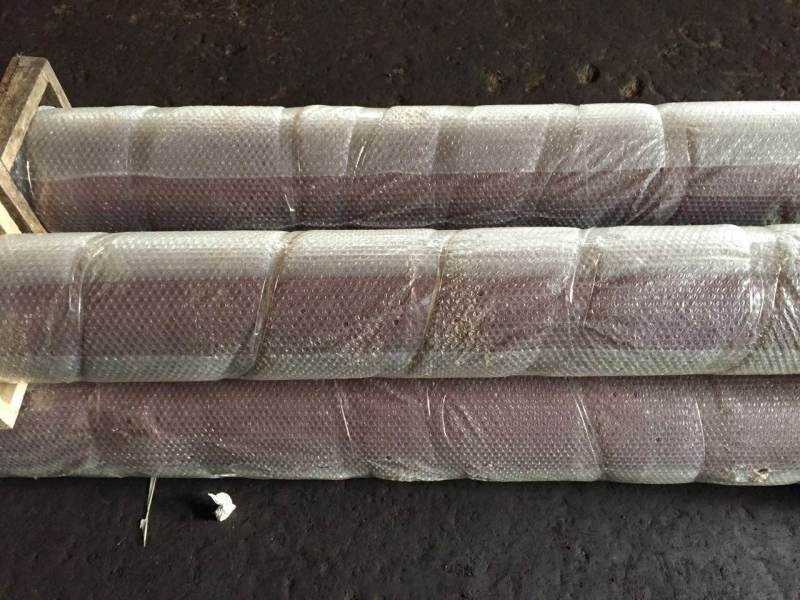
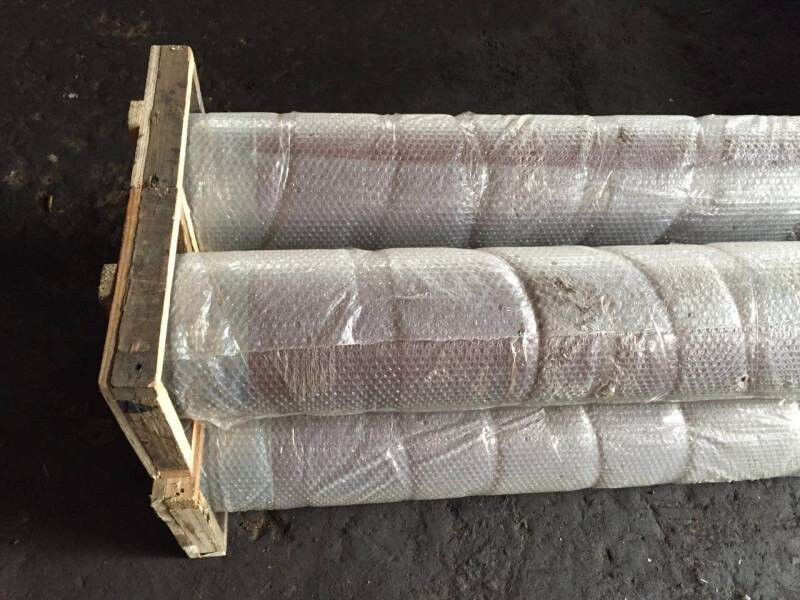
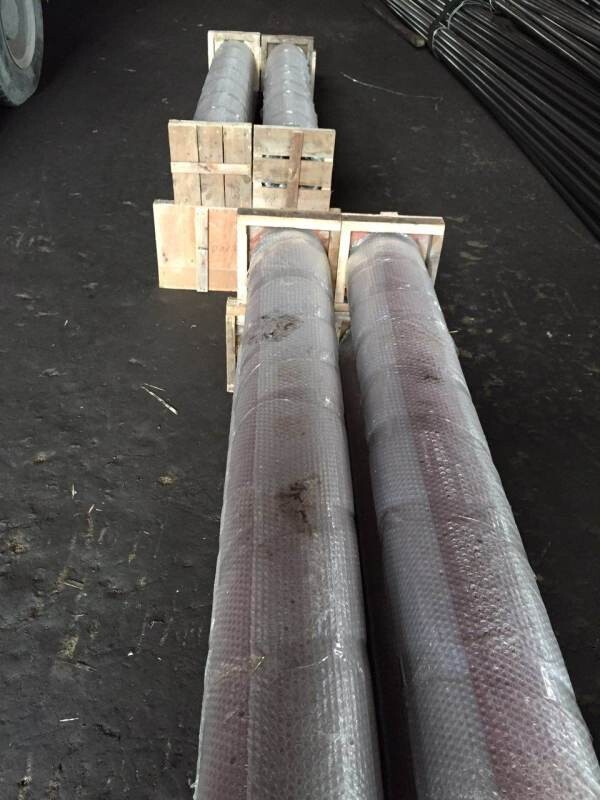
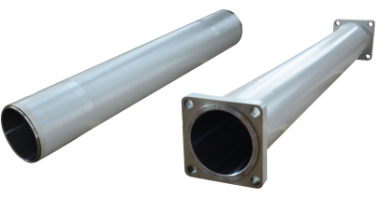
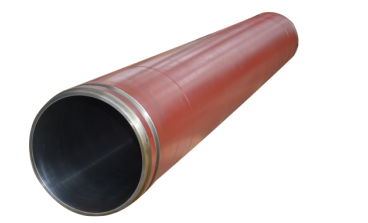
- Q: How does a hydraulic accumulator improve the performance of a concrete pump?
- A hydraulic accumulator improves the performance of a concrete pump by storing excess hydraulic pressure and energy during low-demand periods and releasing it when needed. This allows for a smoother operation, reduced pump pulsation, and improved efficiency in delivering the concrete, resulting in enhanced performance and productivity.
- Q: What are the signs of a malfunctioning concrete pump control valve?
- Some signs of a malfunctioning concrete pump control valve may include erratic or inconsistent flow of concrete, difficulty in controlling the pump speed, leaking or dripping of hydraulic fluid, unusual noises or vibrations coming from the valve, and unresponsive or delayed response to control inputs.
- Q: What are the indications of a damaged concrete pump boom?
- The indications of a damaged concrete pump boom may include cracks or fractures in the boom structure, leaks in hydraulic lines, inconsistent or reduced pumping pressure, abnormal vibrations or shaking during operation, and difficulty in maneuvering or extending the boom arm.
- Q: How long do concrete pump pipes typically last?
- Concrete pump pipes typically last between 25,000 to 40,000 cubic meters of pumped concrete, depending on various factors such as pump usage, maintenance, and the type of concrete being pumped.
- Q: How often should hopper grate pin retainers be inspected or replaced in a concrete pump?
- Hopper grate pin retainers in a concrete pump should be inspected regularly, ideally on a monthly basis, to ensure their proper functioning and prevent any potential issues. However, the frequency of inspections may vary depending on the specific conditions of use and the manufacturer's recommendations. During these inspections, it is essential to check for any signs of wear, damage, or corrosion on the hopper grate pin retainers. If any of these issues are detected, immediate replacement is necessary to maintain the efficiency and safety of the concrete pump. Additionally, it is crucial to adhere to the manufacturer's guidelines regarding the lifespan of the hopper grate pin retainers. Some manufacturers may recommend replacing them after a certain number of operating hours, while others may suggest replacement based on the visual condition during inspections. Regular inspections and timely replacement of hopper grate pin retainers are crucial to prevent potential malfunctions or accidents during concrete pumping operations. It is always recommended to consult the concrete pump's manual or contact the manufacturer for specific guidelines regarding the inspection and replacement intervals for hopper grate pin retainers.
- Q: What is the purpose of a concrete pump hopper grate?
- The purpose of a concrete pump hopper grate is to prevent large debris or foreign objects from entering the pump and potentially causing damage or blockages. The grate acts as a filter, allowing only smaller particles and liquid concrete to pass through while blocking larger materials such as rocks, wood, or other debris. This helps to maintain the efficiency and functionality of the pump, ensuring a smooth and uninterrupted flow of concrete. Additionally, the grate also helps to protect the pump's internal components, such as the impeller and valves, from potential damage caused by large objects. Overall, the concrete pump hopper grate plays a crucial role in maintaining the quality and reliability of the pumping process, preventing potential issues and ensuring a successful concrete placement.
- Q: What are the advantages of using polyurethane components in concrete pump spare parts?
- There are several advantages of using polyurethane components in concrete pump spare parts. Firstly, polyurethane is highly durable and resistant to wear and tear, ensuring longer lifespan and reduced maintenance costs. Secondly, polyurethane has excellent abrasion resistance, which allows it to withstand the harsh conditions and high pressures involved in concrete pumping. Additionally, polyurethane components offer superior flexibility, allowing for easier installation and reduced risk of breakage. Lastly, polyurethane is known for its chemical resistance, ensuring that the spare parts can withstand exposure to various chemicals and substances commonly found in concrete. Overall, using polyurethane components in concrete pump spare parts provides enhanced durability, flexibility, and resistance to abrasion, making it a preferred choice in the construction industry.
- Q: How long do concrete pump hoses typically last?
- Concrete pump hoses typically last between 5 to 10 years, depending on various factors such as usage, maintenance, and the quality of the hose itself. Regular wear and tear, exposure to harsh chemicals, and extreme weather conditions can all contribute to the deterioration of the hose over time. Proper maintenance, including regular cleaning, inspection, and replacement of worn-out parts, can help extend the lifespan of the hose. However, it is important to note that regular monitoring and replacement of hoses are necessary to ensure the safety and efficiency of the concrete pumping process.
- Q: How long does it take to replace a specific concrete pump spare part?
- The duration required to replace a specific spare part for a concrete pump can vary based on several factors. Initially, the replacement time will be influenced by the complexity and size of the part. Smaller and simpler parts can be swapped out relatively quickly, whereas larger and more intricate components may necessitate a lengthier process. Additionally, the availability of the spare part is a crucial consideration. If the part is readily accessible and in stock, the replacement procedure can be expedited. Conversely, if the part must be ordered or obtained from a supplier, there may be a delay in receiving it, thereby extending the overall replacement time. Moreover, the competence and experience of the individual or team carrying out the replacement will also impact the duration. Trained and skilled professionals are likely to complete the replacement more efficiently compared to those with limited knowledge or experience. Lastly, unforeseen complications or issues that arise during the replacement process can also affect the time required. It is possible that additional repairs or adjustments may be necessary, which could further prolong the replacement time. In conclusion, the duration for replacing a specific spare part for a concrete pump is dependent on the part's complexity and size, its availability, the expertise of the individuals performing the replacement, and any unforeseen complications that may arise. Therefore, it is challenging to provide an exact timeframe without taking these factors into consideration.
- Q: What are the signs of a worn-out concrete pump piston?
- Some signs of a worn-out concrete pump piston may include decreased pumping efficiency, loss of pressure, increased noise or vibrations during operation, inconsistent concrete flow, and visible wear or damage on the piston surface.
Send your message to us
DELIVERY CYLINDER(ZOOMLION ) I.D.:DN205 CR. THICKNESS :0.25MM-0.3MM COLOR:WHITE LENGTH:2284MM
- Loading Port:
- Shanghai
- Payment Terms:
- TT OR LC
- Min Order Qty:
- 2 pc
- Supply Capability:
- 1000 pc/month
OKorder Service Pledge
Quality Product, Order Online Tracking, Timely Delivery
OKorder Financial Service
Credit Rating, Credit Services, Credit Purchasing
Similar products
Hot products
Hot Searches
Related keywords
